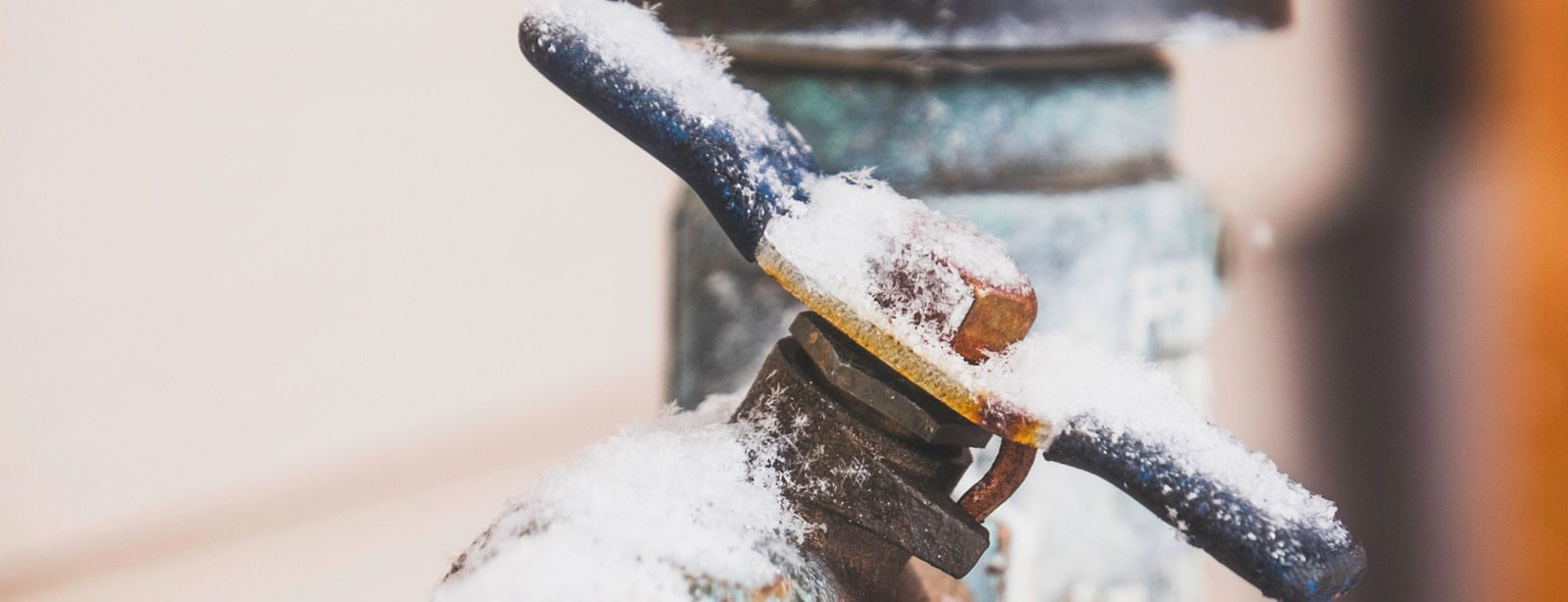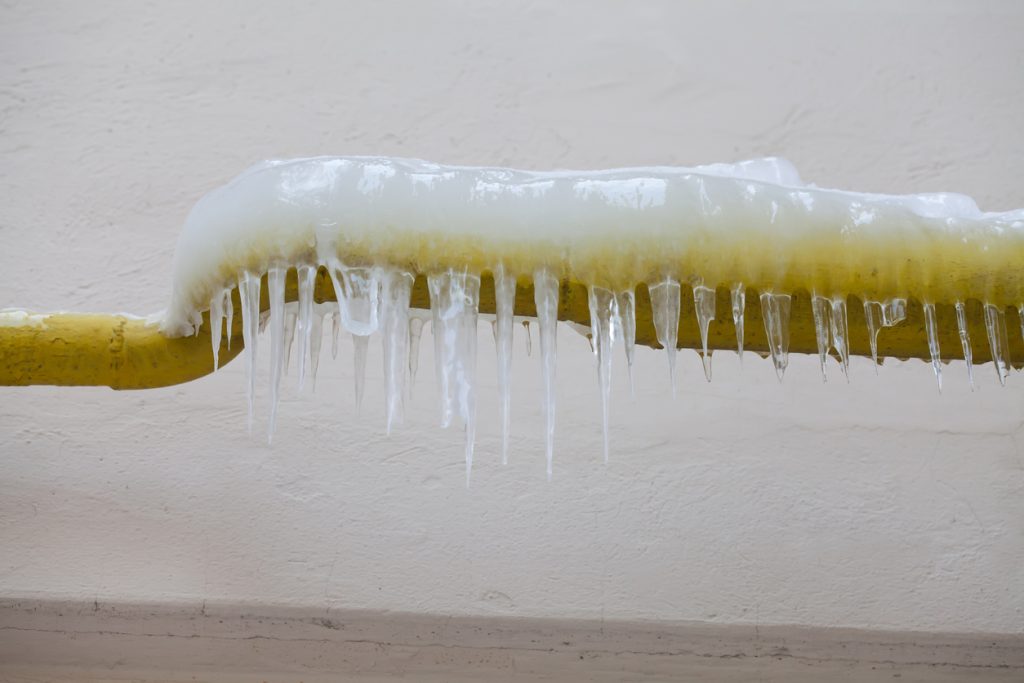Protecting Against Frozen Pipes in Cold Weather: Pro Advice
Click HereWhat are your ideas regarding Winter Plumbing Precautions: Preventing Frozen Pipes?

Winter can ruin your plumbing, specifically by freezing pipes. Right here's just how to stop it from taking place and what to do if it does.
Introduction
As temperature levels drop, the danger of icy pipes boosts, potentially resulting in pricey repair services and water damage. Understanding exactly how to stop frozen pipelines is vital for homeowners in cold climates.
Recognizing Frozen Pipelines
What triggers pipes to ice up?
Pipelines freeze when exposed to temperature levels below 32 ° F (0 ° C) for expanded periods. As water inside the pipelines freezes, it increases, putting pressure on the pipe wall surfaces and potentially causing them to break.
Threats and problems
Icy pipelines can lead to water disruptions, building damage, and pricey repair work. Burst pipes can flood homes and trigger extensive structural damages.
Signs of Frozen Pipeline
Determining frozen pipes early can prevent them from breaking.
Just how to recognize icy pipelines
Search for lowered water flow from taps, uncommon odors or sounds from pipes, and noticeable frost on exposed pipelines.
Prevention Tips
Shielding susceptible pipelines
Wrap pipes in insulation sleeves or use heat tape to shield them from freezing temperatures. Concentrate on pipelines in unheated or external locations of the home.
Heating methods
Maintain interior spaces properly heated up, particularly locations with plumbing. Open up closet doors to enable warm air to flow around pipes under sinks.
Shielding Exterior Pipes
Yard tubes and outdoor taps
Separate and drain garden tubes prior to wintertime. Set up frost-proof faucets or cover outside taps with shielded caps.
What to Do If Your Pipes Freeze
Immediate actions to take
If you think frozen pipelines, maintain faucets open up to alleviate stress as the ice melts. Make use of a hairdryer or towels taken in warm water to thaw pipelines gradually.
Long-Term Solutions
Structural changes
Think about rerouting pipes away from outside wall surfaces or unheated areas. Include additional insulation to attic rooms, cellars, and crawl spaces.
Updating insulation
Invest in top quality insulation for pipelines, attics, and wall surfaces. Appropriate insulation aids keep constant temperature levels and lowers the risk of icy pipelines.
Conclusion
Stopping icy pipelines needs aggressive procedures and fast reactions. By understanding the reasons, signs, and safety nets, homeowners can safeguard their pipes during cold weather.
5 Ways to Prevent Frozen Pipes
Drain Outdoor Faucets and Disconnect Hoses
First, close the shut-off valve that controls the flow of water in the pipe to your outdoor faucet. Then, head outside to disconnect and drain your hose and open the outdoor faucet to allow the water to completely drain out of the line. Turn off the faucet when done. Finally, head back to the shut-off valve and drain the remaining water inside the pipe into a bucket or container. Additionally, if you have a home irrigation system, you should consider hiring an expert to clear the system of water each year.
Insulate Pipes
One of the best and most cost-effective methods for preventing frozen water pipes is to wrap your pipes with insulation. This is especially important for areas in your home that aren’t exposed to heat, such as an attic. We suggest using foam sleeves, which can typically be found at your local hardware store.
Keep Heat Running at 65
Your pipes are located inside your walls, and the temperature there is much colder than the rest of the house. To prevent your pipes from freezing, The Insurance Information Institute suggests that you keep your home heated to at least 65 degrees, even when traveling. You may want to invest in smart devices that can keep an eye on the temperature in your home while you’re away.
Leave Water Dripping
Moving water — even a small trickle — can prevent ice from forming inside your pipes. When freezing temps are imminent, start a drip of water from all faucets that serve exposed pipes. Leaving a few faucets running will also help relieve pressure inside the pipes and help prevent a rupture if the water inside freezes.
Open Cupboard Doors
Warm your kitchen and bathroom pipes by opening cupboards and vanities. You should also leave your interior doors ajar to help warm air circulate evenly throughout your home.

Hopefully you enjoyed reading our topic on Prevent Frozen Pipes . Thanks so much for taking time to browse our piece of content. Do you know about somebody who is involved in the topic? Do not hesitate to promote it. Thank-you for going through it.
Click Here